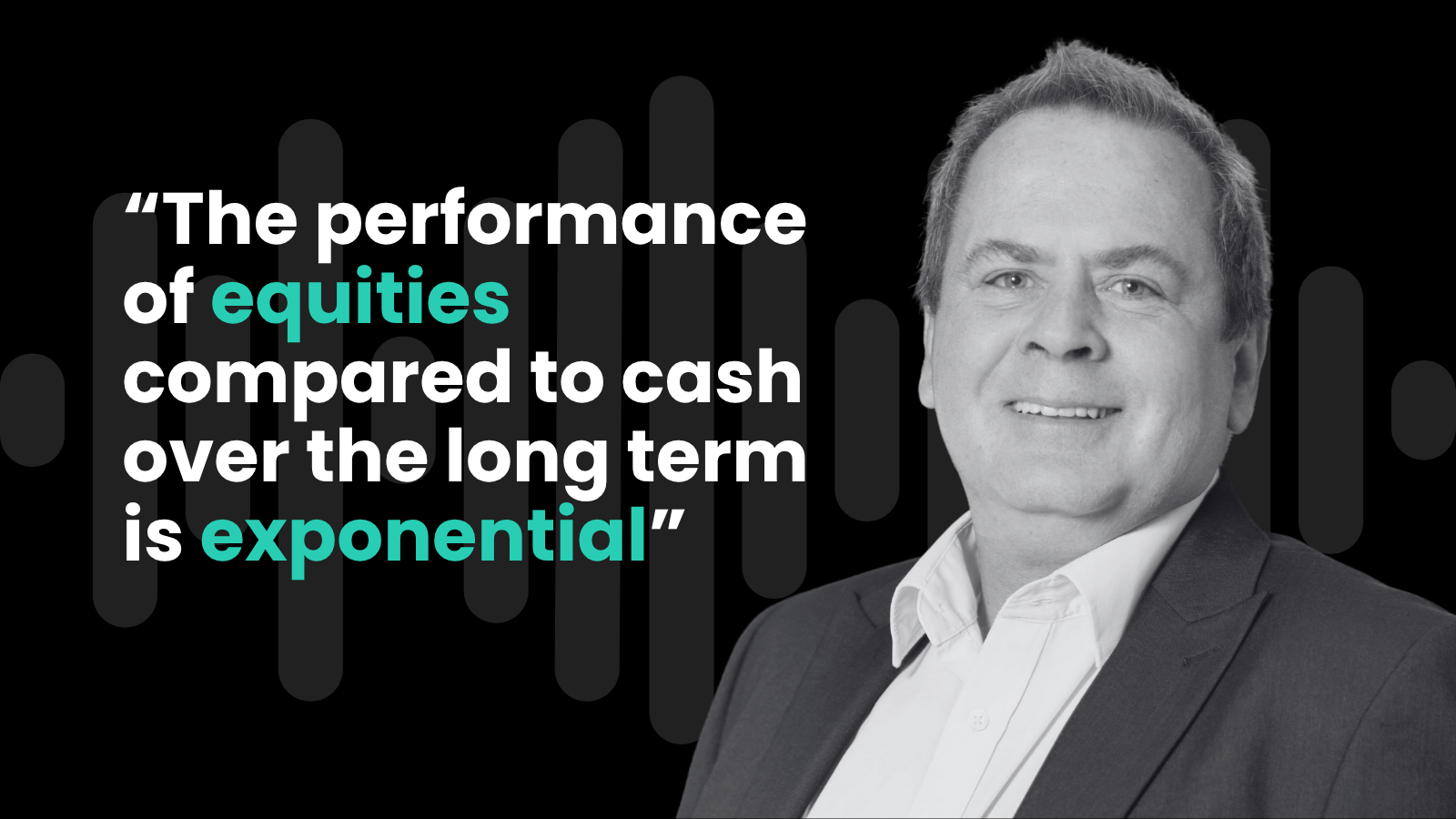South Africa, long caricatured as the emerging market that promised much and delivered little, is enjoying an unfamiliar spell of positive attention. Investors, who had grown weary of structural drift and policy inertia, are now re-examining the country’s fundamentals with something approaching optimism.
Two developments stand out: a meaningful improvement in the fiscal outlook and a wholesale upgrade of the inflation framework. Neither, on its own, would shift the narrative. Taken together, they suggest that South Africa’s macroeconomic foundations may finally be edging from merely “interesting” to genuinely investable.
The fiscal story is the more surprising of the two. For years, budgets have been exercises in compromise, with expenditure demands overwhelming revenue realities. This year’s Medium-Term Budget Policy Statement struck a different tone. It signalled credible spending restraint, committed the government to narrowing the deficit and projected that the country’s debt-to-GDP ratio would peak within months before embarking on a slow, sustained decline.
- Beginners Guide to Indices
- Investing in Vietnam: Is FTSE Russell upgrade a buy signal?
- What does Vietnam’s FTSE Russell promotion mean for investors?
- Emerging markets seeing biggest rally in 15 years
A pledge to deliver a primary surplus and a new, rules-based fiscal anchor have bolstered investor confidence. The market response has been swift: the rand has firmed, local-currency bonds have rallied and murmurs of a sovereign credit upgrade are growing louder.
South Africa’s formal inflation target
The second change is more technical but no less consequential. South Africa has adopted a formal inflation target of 3%, with a tolerance band of one percentage point on either side. Though the central bank has long behaved as if it were aiming for the midpoint of the previous 3-6% range, codifying the new target matters. It sends the signal that fiscal and monetary authorities are aligned on the primacy of price stability.
Lower and more credible inflation expectations, in turn, reduce the inflation risk premium embedded in domestic assets and help to curb debt-service costs, an area of mounting pressure in recent years.
Political conditions have given these reforms greater traction. The government of national unity, once viewed as an experiment too fragile to survive its first fiscal confrontation, has endured. It passed the budget despite early skirmishes, and the new fiscal framework appears to be reinforcing coalition cohesion. For investors long wary of South Africa’s political volatility, the combination of institutional continuity and policy sobriety is proving reassuring.
South Africa’s inflation forecast to decline
Inflation itself is expected to continue its gentle descent. Forecasts suggest consumer-price growth may fall from 3.7% in 2026 to around 3.2% by 2028, helped by the tighter framework and encouraging recent data. The economy remains propped up by buoyant commodity prices, which have boosted tax receipts (particularly from mining) and compensated for sluggish fixed investment and export growth.
With the fiscal position on firmer footing, the central bank can maintain its characteristically cautious stance while retaining scope for eventual rate cuts.
Risks, inevitably, remain. South Africa’s fortunes are tethered to global commodity cycles, and a reversal would tighten the budgetary screws once again. Global financial conditions may shift, and rating agencies are not known for their generosity. Yet the domestic policy mix is unmistakably more credible than it has been for years: disciplined, pragmatic and increasingly predictable.
For equity investors, the Johannesburg market looks undervalued and ripe for selective stock-picking across sectors. International investors, having ignored South Africa for much of the past decade, may find themselves returning. Early signs of life in the country’s dormant IPO market only strengthen the impression that the country’s financial landscape is slowly regenerating.
South Africa is not yet a success story. But after years of drift, it is at least facing in the right direction.






















Comments (0)